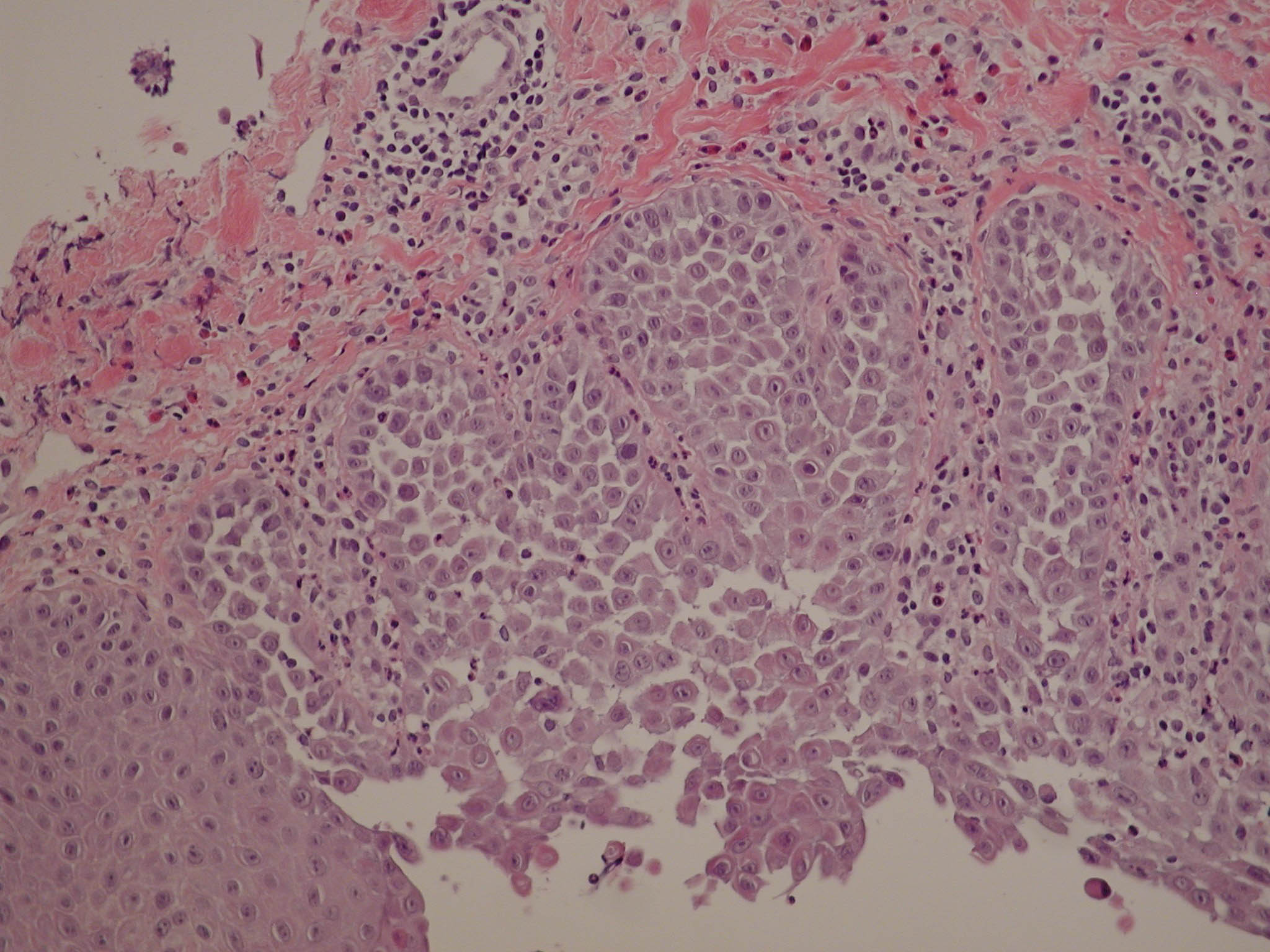J Cutan Pathol. 2001 Jul;28(6):277-81.
Source
Department of Dermatology, Keio University School of Medicine, Tokyo, Japan. MegHakuno@aol.com
Abstract
BACKGROUND:
Autoimmune blistering diseases, pemphigus vulgaris (PV) and pemphigus foliaceus (PF), are known to be caused by binding of autoantibodies to the desmosomal cadherins, desmoglein 3 and desmoglein 1, respectively. Recently, mutations in the genes coding Ca2+ pumps leads to inherited blistering diseases, Hailey-Hailey disease (HHD) and Darier’s disease (DD). Cadherins are a family of Ca2+-dependent cell adhesion molecules and P-cadherin is one of the major cadherins expressed in the epidermis. Although detailed mechanisms of acantholysis of these blistering diseases have not been fully clarified, abnormal expression of cadherins caused by altered Ca2+ concentration due to the binding of autoantibodies to cell surface or by mutations in Ca2+ pumps is suggested to be involved in mechanisms of acantholysis of these autoimmune and inherited blistering diseases. The purpose of the present study was to determine whether altered P-cadherin expression is present in these diseases.
METHOD:
Distribution patterns of P-cadherin in skin specimens from patients with PV (n=2), PF (n=2), HHD (n=4) and DD (n=3), were examined with confocal laser scanning microscopy using two anti-P-cadherin antibodies, 6A9 and NCC-CAD-299.
RESULTS:
In normal control skin, P-cadherin expression was restricted to the basal layer. In contrast, positive immunostaining of P-cadherin was observed not only in the basal cells, but also in the suprabasal cells in lesional skin of all the acantholytic diseases.
CONCLUSIONS:
The present results clearly demonstrated that upregulation of P-cadherin expression occurs in the acantholysis in all the four blistering diseases PV, PF, HHD and DD. Upregulation of P-cadherin may be involved in the pathomechanism of both the autoimmune blistering diseases and the inherited blistering diseases.
